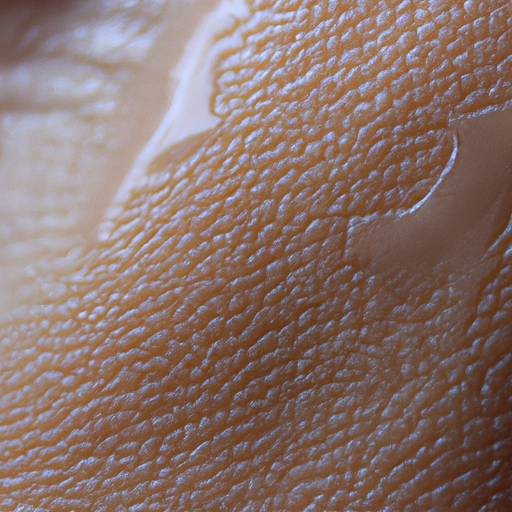As a medical professional, I have encountered numerous patients who struggle with oily skin. This condition is often perceived as a cosmetic nuisance, but it’s essential to understand that it’s a biological process with its roots in our body’s physiology. This article aims to unmask the glossy truth about oily skin, its causes, symptoms, and potential treatments.
Oily skin, medically known as seborrhea, is the result of the overproduction of sebum, a naturally occurring skin oil produced by the sebaceous glands. Sebum is not inherently bad; in fact, it plays a crucial role in maintaining skin health by providing a protective layer that locks in moisture and shields the skin from harmful microbial invaders. However, when produced in excess, sebum can lead to oily skin and a host of related issues such as acne.
Several factors contribute to the overproduction of sebum. Genetics play a significant role; if your parents had oily skin, you’re more likely to have it too. Hormonal fluctuations, particularly those associated with puberty, pregnancy, and menstrual cycles, can also stimulate sebum production. Stress and diet are other contributing factors. Consuming excessive amounts of dairy products, fatty foods, and sugar can stimulate oil production. Environmental factors such as humidity and heat can also exacerbate oily skin conditions.
Recognizing the symptoms of oily skin is the first step towards managing it effectively. The most obvious sign is a shiny or greasy appearance. Other symptoms include large or visible pores on the skin, thick or rough-looking skin, frequent breakouts of pimples or blackheads, and clogged pores. It’s important to note that these symptoms can vary in severity from person to person and may fluctuate depending on various factors such as hormonal changes or stress levels.
As a doctor, I often reassure my patients that having oily skin is not a reflection of their hygiene practices. Over-washing or scrubbing the face can actually exacerbate oiliness by stripping the skin of its natural oils, prompting the sebaceous glands to produce even more sebum. Instead, a gentle skincare routine using products specifically designed for oily skin can help manage the condition.
Treatment for oily skin often involves topical treatments that help reduce oil production or promote the turnover of skin cells to prevent clogged pores. In more severe cases, prescription medications may be necessary. Lifestyle modifications such as maintaining a balanced diet, managing stress, and staying hydrated can also help regulate sebum production.
In conclusion, understanding the causes and symptoms of oily skin is crucial in managing this condition effectively. While it can be frustrating to deal with, remember that oily skin is not a personal failing or a result of poor hygiene. It’s a biological process influenced by various factors, many of which are beyond our control. With the right knowledge and treatment approach, oily skin can be managed effectively, leading to healthier and happier skin.



